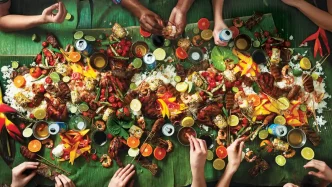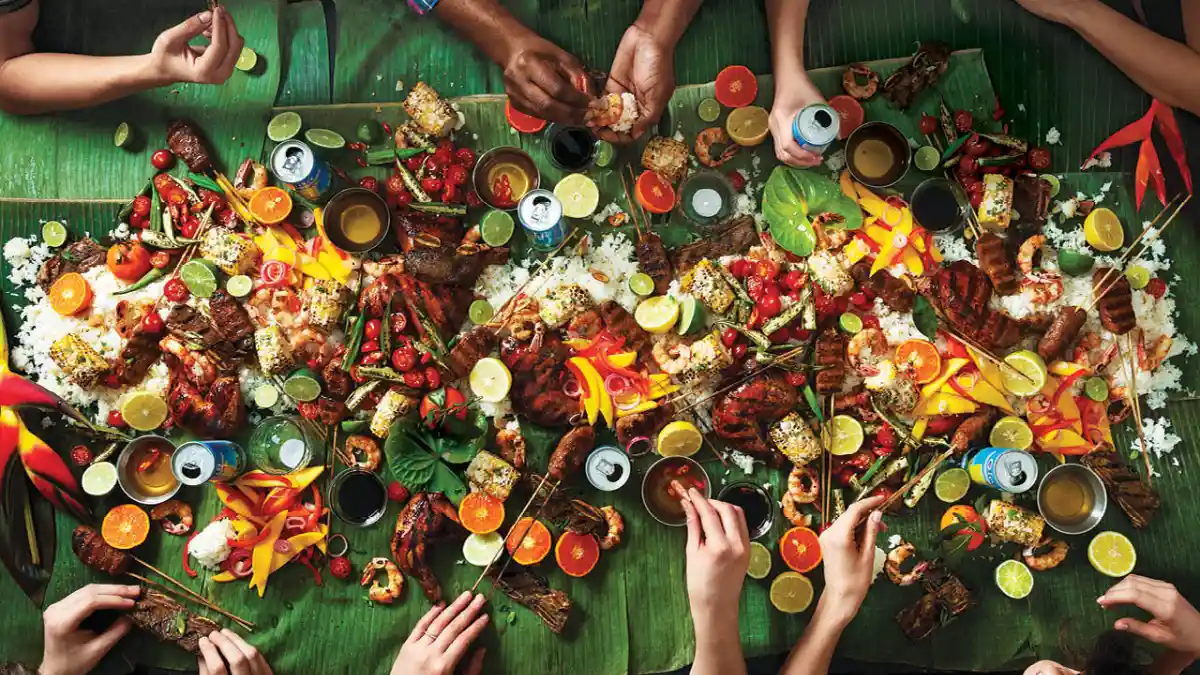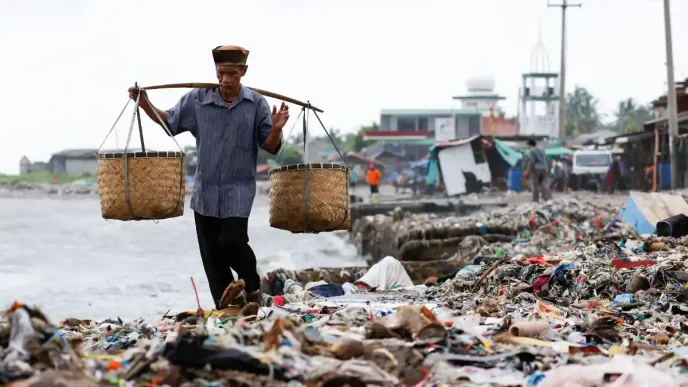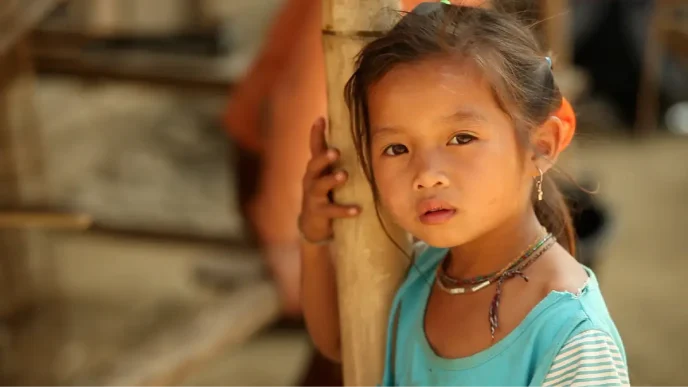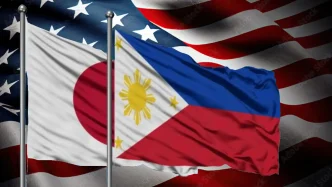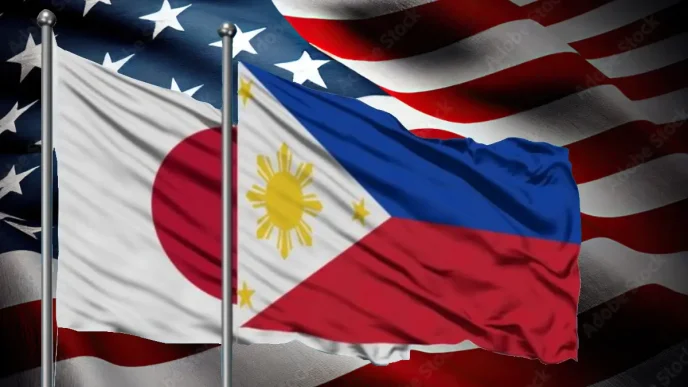In the Philippines, food is far more than sustenance; it is the heartbeat of social life, a vibrant thread weaving together families, friends, and communities. From the bustling streets of Manila to the quiet rural barangays, meals are occasions for connection, celebration, and cultural expression. This deep-rooted tradition, shaped by centuries of history and diverse influences, transforms everyday dining into a profound social affair, reflecting the nation’s collective spirit.
A Feast of Togetherness
Filipino culture places immense value on communal dining, where the act of eating together symbolizes unity and shared identity. Known as salu-salo these gatherings are a cornerstone of social interaction, whether during grand fiestas or simple family meals. Tables groan under the weight of dishes like adobo, a tangy meat stew, and lechon, a spit-roasted pig often reserved for special occasions. These meals are not just about the flavors but about the stories and laughter exchanged over them, reinforcing bonds across generations.
The preparation of food itself is a communal endeavor. In many households, cooking is a family affair, with recipes passed down through oral tradition. Elders teach younger members the art of balancing sweet, sour, and salty flavors, a hallmark of Filipino cuisine influenced by Spanish, Chinese, and indigenous Austronesian roots. This collaborative process fosters a sense of belonging, ensuring that cultural heritage is preserved through each simmering pot and shared plate.
Fiestas: The Heart of Community Celebration
No discussion of Philippine food traditions is complete without mentioning the fiesta, a religious and cultural event that epitomizes communal feasting. Held in honor of patron saints, these celebrations transform towns into vibrant hubs of activity, with food at the center. Homes open their doors to neighbors and strangers alike, offering an array of dishes as a gesture of hospitality. This practice, often called pahinungod reflects the Filipino value of generosity, where no one leaves a fiesta hungry.
During these events, regional specialties shine. In Cebu, for instance, the Sinulog Festival features humba a braised pork dish, while Pampanga’s Christmas celebrations highlight bringhe a turmeric-infused rice dish akin to paella. These foods are not merely culinary delights but symbols of local pride, tying communities to their unique histories and landscapes. The act of sharing such meals during fiestas reinforces social cohesion, bridging divides of class or background in a shared appreciation of tradition.
Street Food as Social Glue
Beyond the home and fiesta, Philippine street food culture offers another dimension of social interaction. Vendors hawking skewers of isaw (grilled chicken intestines) or balut (fertilized duck egg) are fixtures in urban and rural settings alike. These affordable eats draw diverse crowds, from students to workers, creating informal spaces for conversation and camaraderie. Night markets in cities like Quezon City buzz with energy as people gather around food stalls, turning a quick snack into a social event.
This street food culture also democratizes dining, making communal eating accessible to all. It’s a far cry from the exclusivity of fine dining; here, a shared stick of fish balls dipped in vinegar sauce can spark friendships or lively debates. Such interactions highlight the egalitarian nature of Filipino food traditions, where social barriers often melt away over a cheap, flavorful bite.
Challenges to Tradition in a Modern World
Yet, as the Philippines modernizes, these food-centered social traditions face challenges. Urbanization and the rise of fast food chains have shifted dining habits, particularly among younger generations. The convenience of grab-and-go meals often overshadows the time-intensive rituals of communal cooking and eating. In cities, nuclear families increasingly eat apart due to demanding schedules, eroding the daily salu-salo that once defined home life.
Moreover, globalization introduces new culinary influences that sometimes overshadow local flavors. While fusion cuisine can enrich the food landscape, there’s a risk of losing the unique recipes and practices that anchor Filipino identity. Efforts to preserve these traditions are underway, with cultural advocates and chefs promoting heritage cooking through festivals and social media campaigns. Their work underscores a growing awareness of food’s role not just as nourishment but as a repository of history and social values.
A Taste of Resilience
Despite these challenges, the resilience of Philippine food traditions endures, often shining brightest in times of adversity. During natural disasters—a frequent reality in this typhoon-prone nation—communities rally around shared meals to rebuild spirits. After Typhoon Haiyan in 2013, for instance, survivors in Leyte organized communal kitchens, cooking whatever was available to feed one another. These acts of collective sustenance mirror the broader Filipino ethos of bayanihan or community cooperation, showing how food remains a tool for healing and solidarity.
Even in the diaspora, Filipino migrants carry these traditions abroad, hosting potlucks and fiestas in far-flung places from Los Angeles to Dubai. These gatherings serve as lifelines to home, preserving cultural ties through the familiar taste of sinigang a tamarind-based soup, or kare-kare a peanut-sauced oxtail stew. Food becomes a bridge, connecting overseas Filipinos to their roots while introducing their heritage to new friends and neighbors.
As the Philippines navigates the tensions between tradition and modernity, its food culture remains a powerful force for social connection. Each shared meal, whether at a grand fiesta or a humble street corner, reaffirms the nation’s commitment to community. In a world increasingly defined by individualism, this enduring practice offers a poignant reminder of the strength found in togetherness, one bite at a time.

